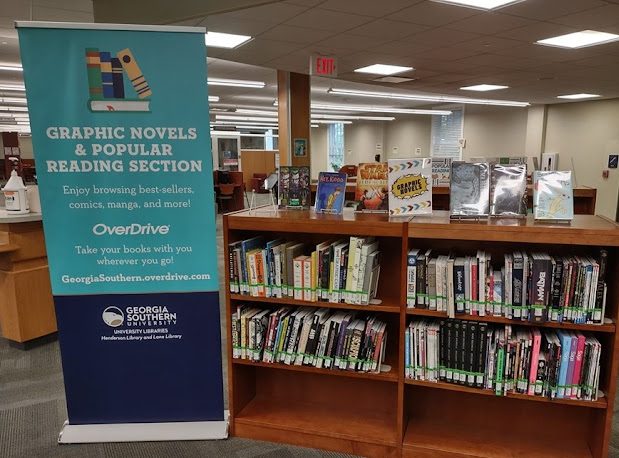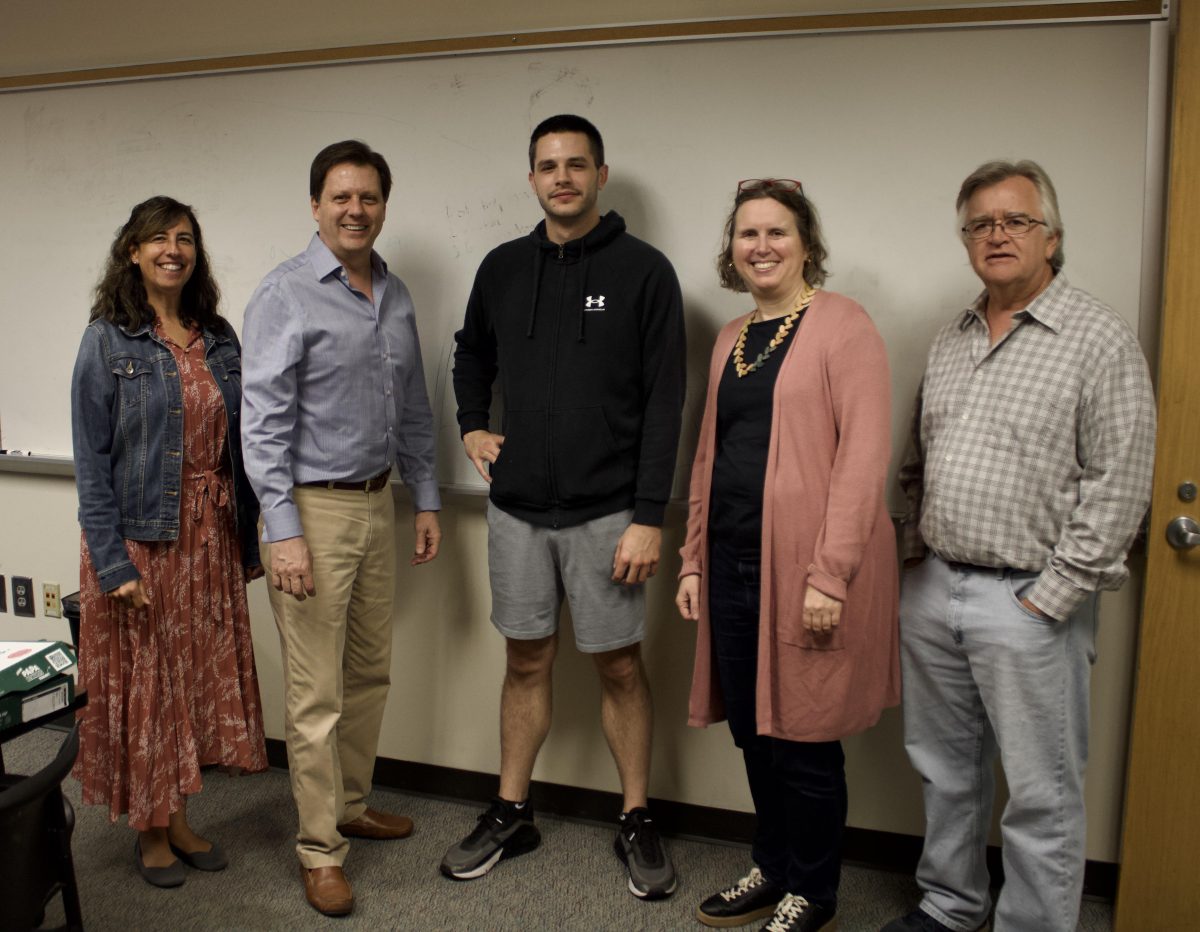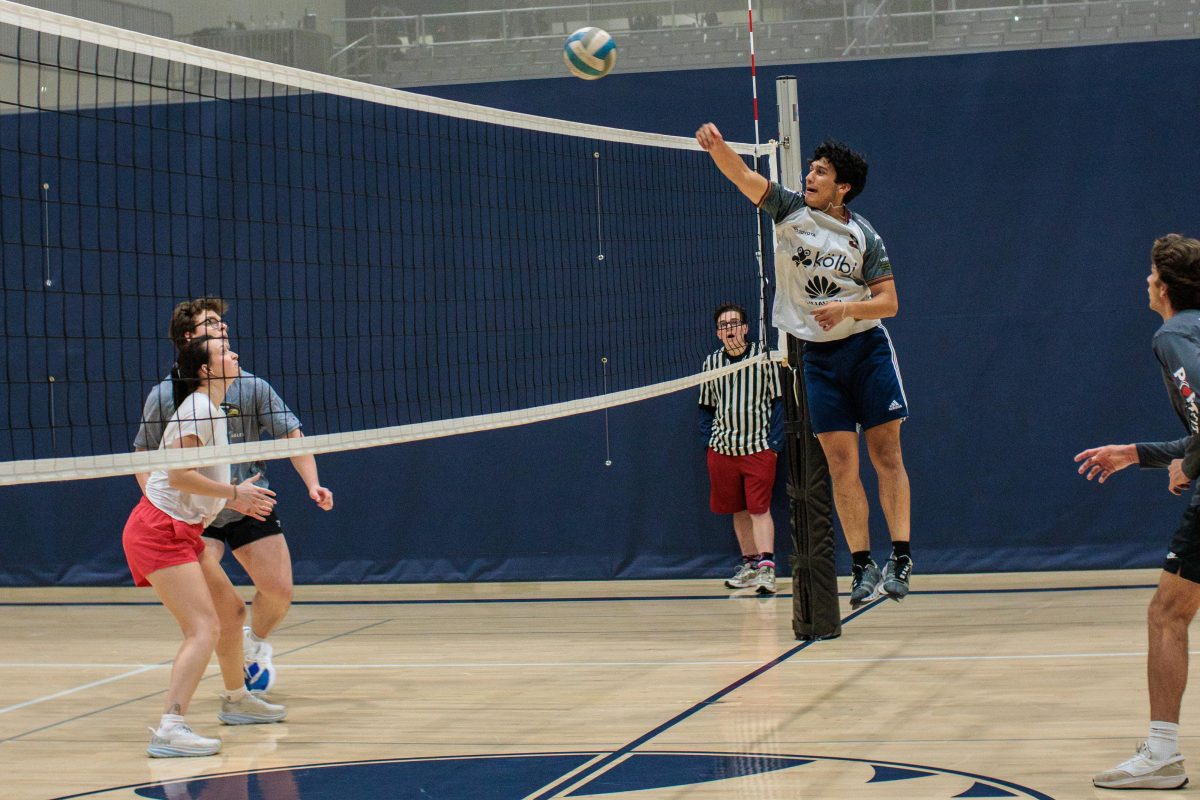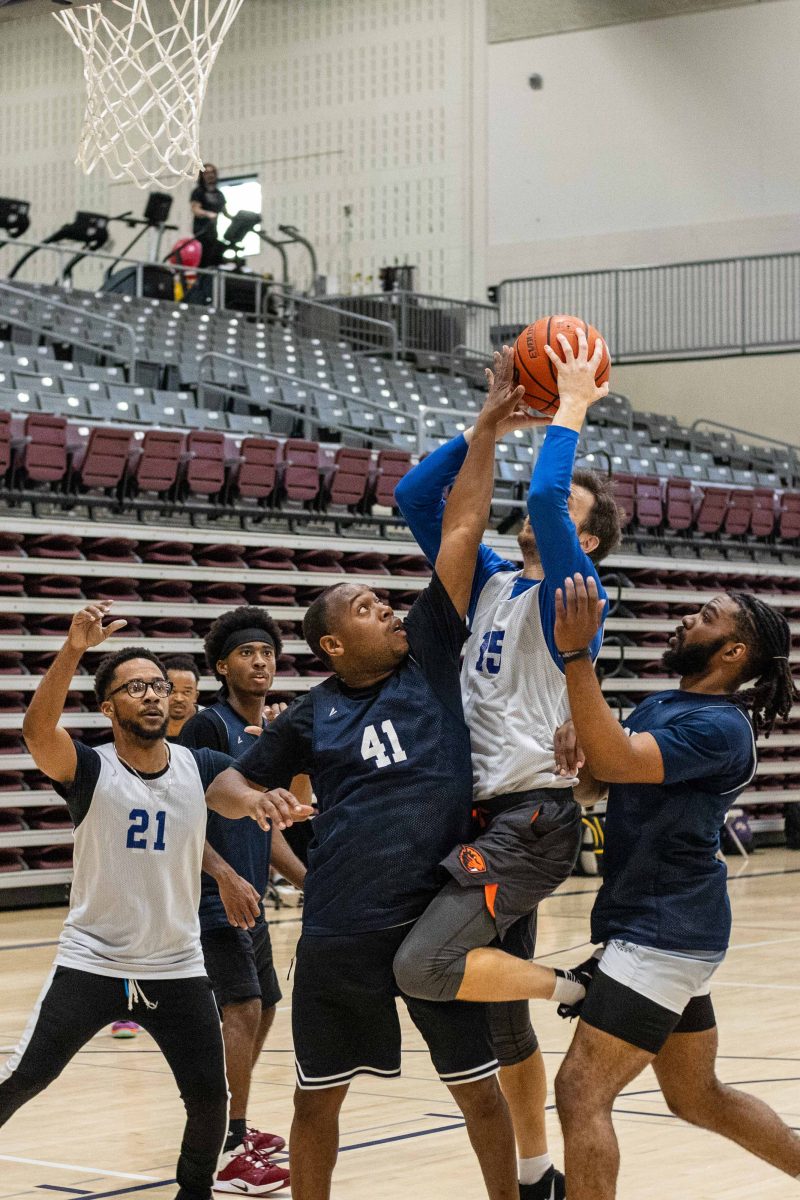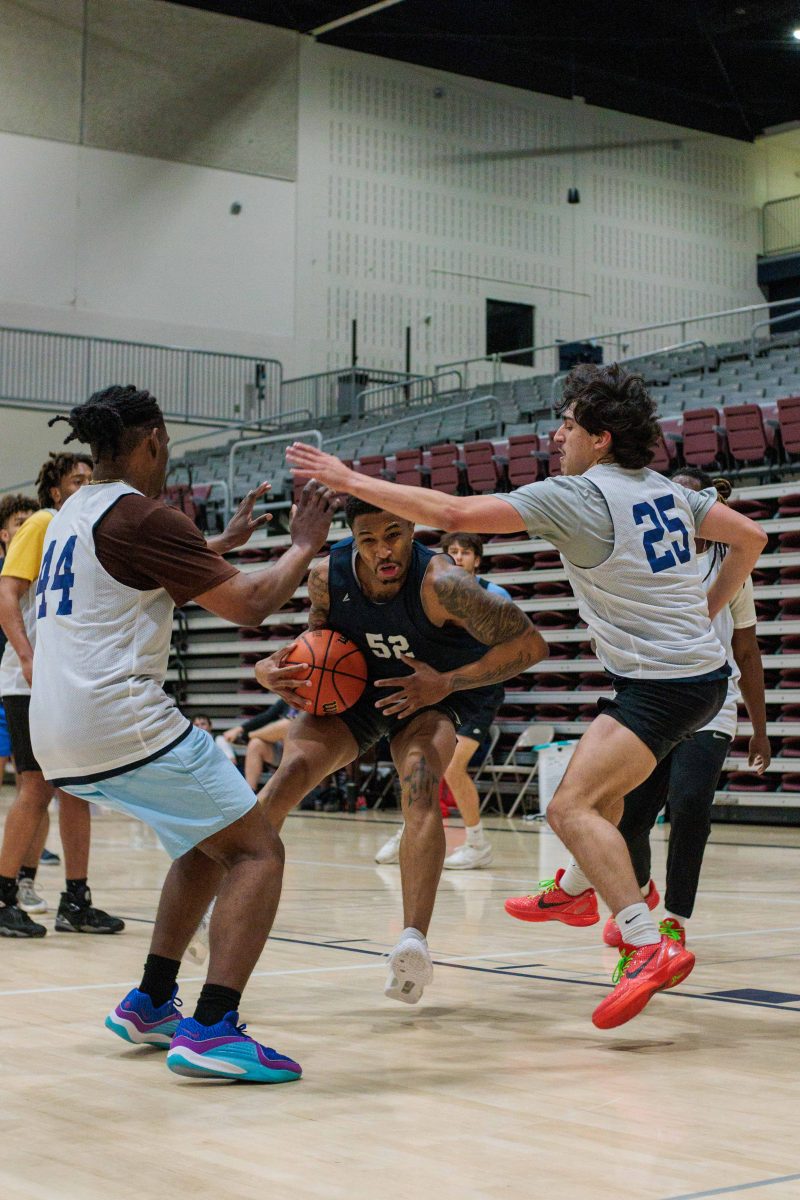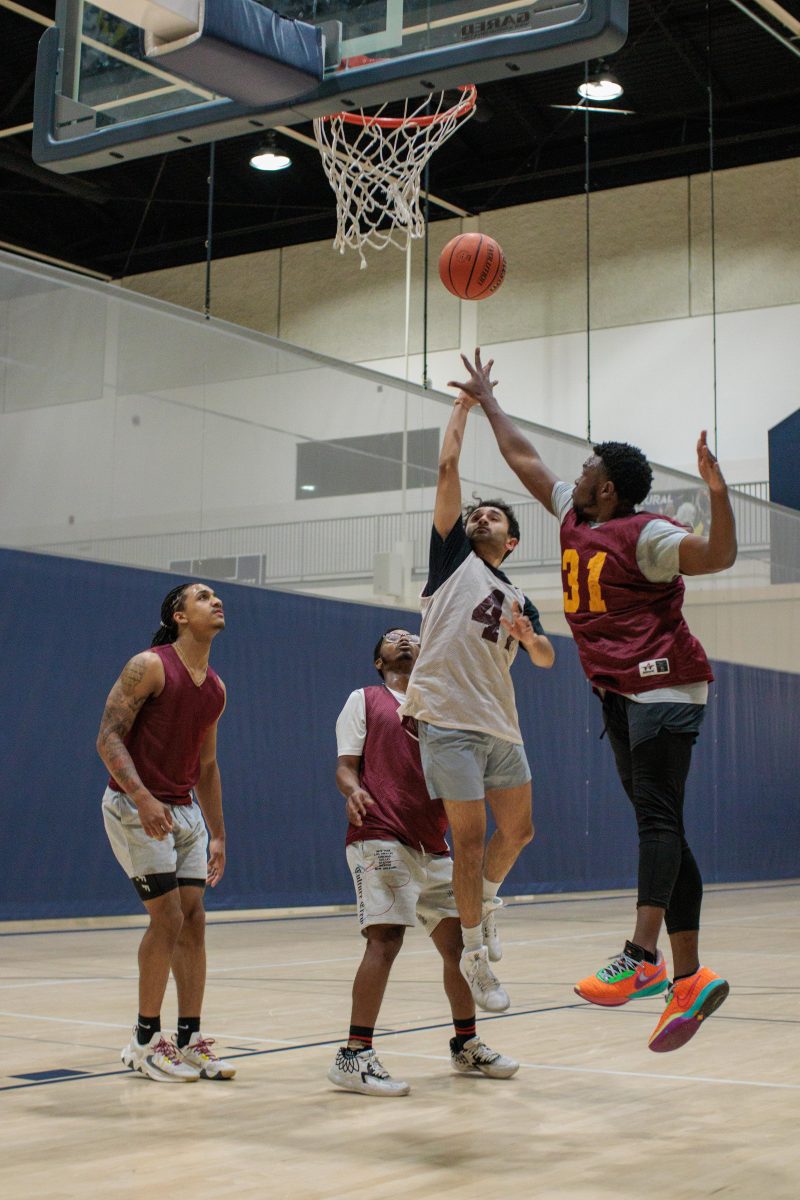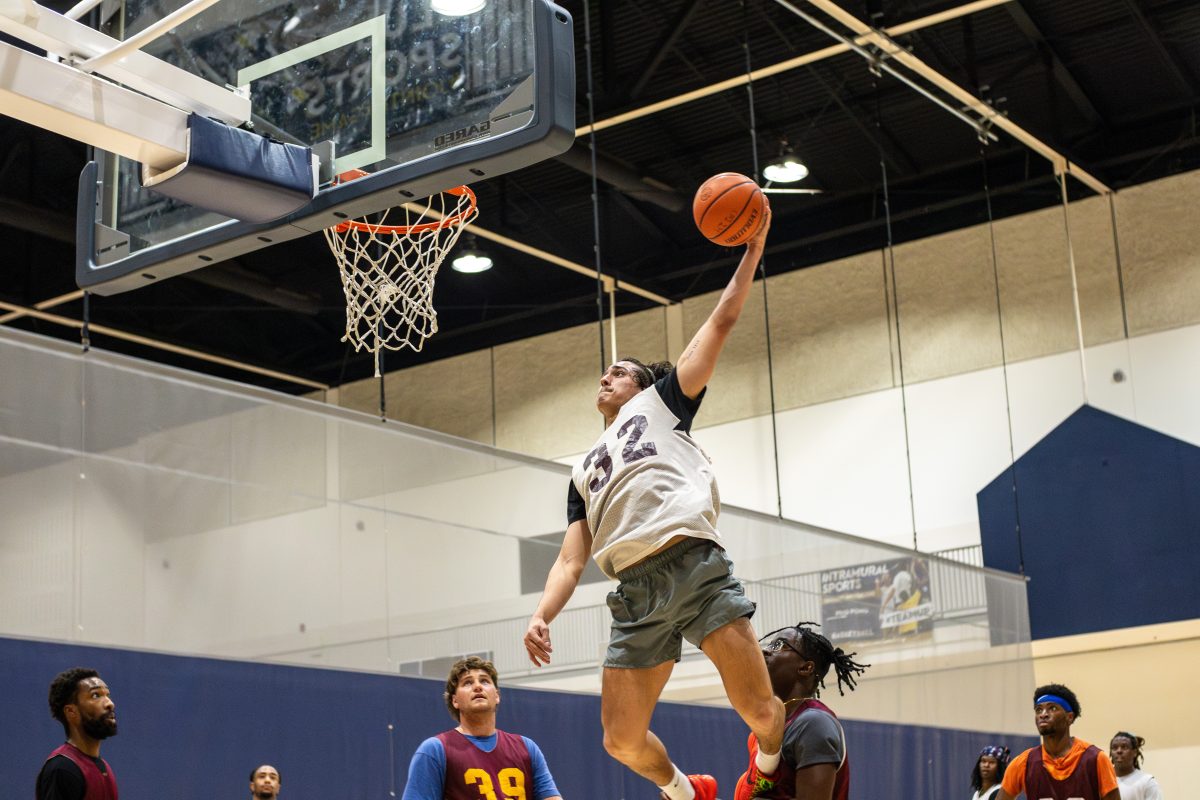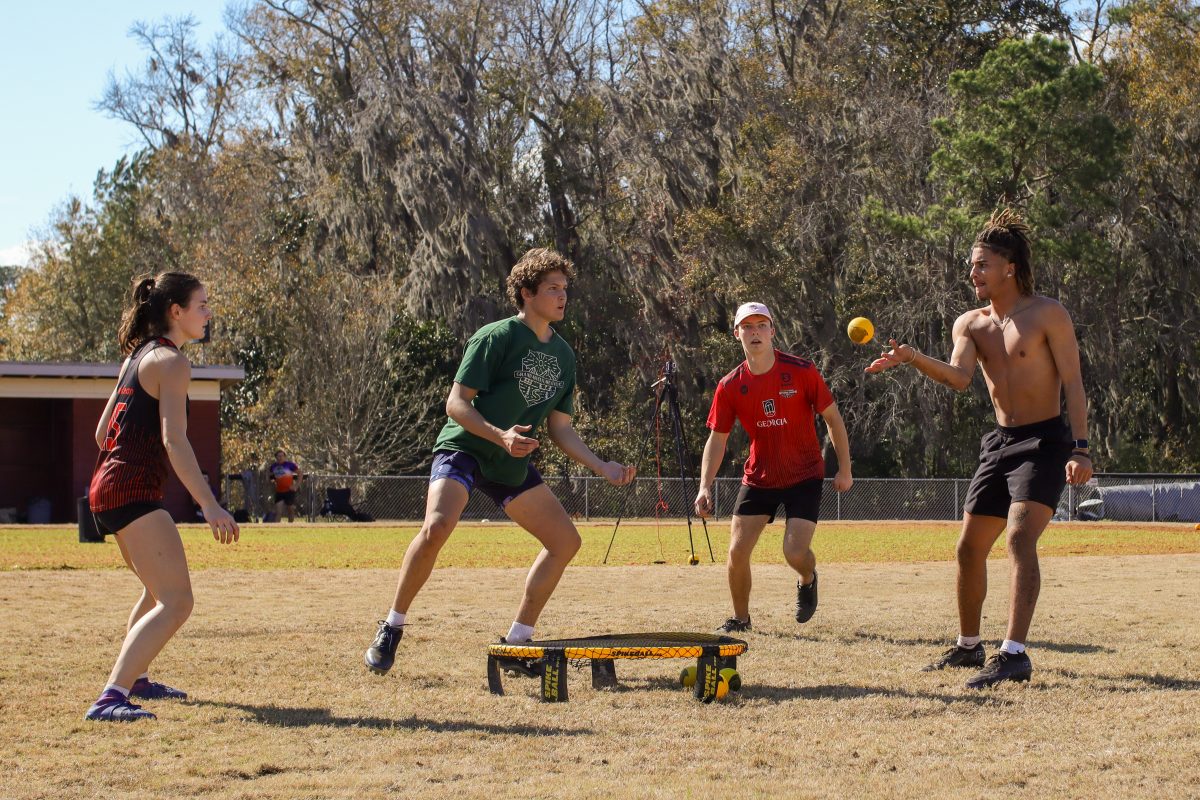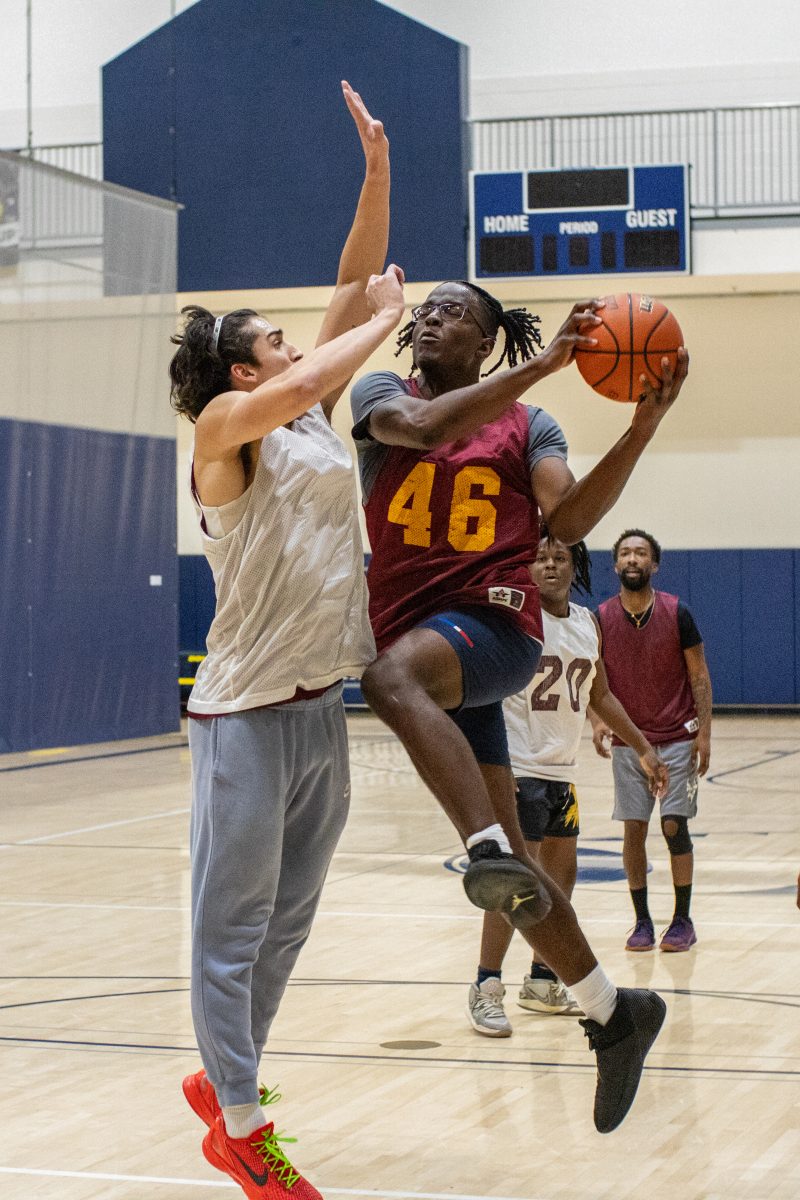Hannah Hanlon, Staff Writer
West Bengal, India. Clothes are hanging on a clothesline. A 12-year old girl named Priya walks up to her home and asks her mother where her pants are. She prefers watching TV over studying, but she is still ranked second in her class. She wants to be first. She wants to be a policewoman when she grows up. If she does not finish school, her parents will marry her off.
This is an early scene depicted in “The School in the Cloud”, a documentary which follows a three year experiment directed by Sugata Mitra who headed up the installation of internet kiosks in remote villages in West Bengal to a school in northeast England to enable children to self-organize their learning.
On March 27, Georgia Southern University College of Education (COE) hosted a screening of the documentary, in the Student Union on campus.
The point of the documentary, which depicted the challenges and success of the experiment, was to show the potential of self-organized learning.
As explained by Dr. Kathie Fabrikant, a professor on the Armstrong campus, research has continued to show that children anywhere from the slums of India to impoverished areas of Chile are able to self-learn in an “unorganized” learning environment.
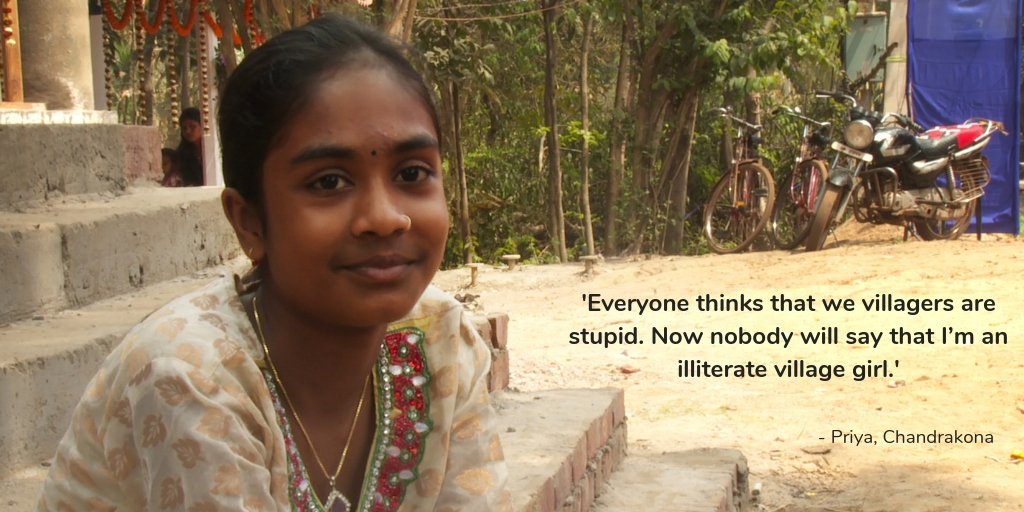
Before beginning the documentary screening, Dr. Fabrikant asked the audience to consider the following questions while they watched the film: What could possibly go wrong? Can information that is accessed by children be manipulated? What are the safeguards? What do kids do when they don’t have a laptop or a tablet to complete their assignments?
“The internet technology is an integral part of the way we learn in our classrooms,” said Dr. Fabrikant.
In between scenes of the documentary, Mitra was shown giving a Ted Talk lecture and narrating throughout.
Mitra was determined to prove that children in disconnected and impoverished areas can educate themselves under the guidance of a teacher with the assistance of internet technology.
Mitra made the analogy of how a concept known as “the edge of chaos” was at play in this experiment. At the edge of chaos, things happen at random, and then there is structure.
Chaos theory, as Mitra explained it, is that after there is random chaos, there will emerge a pattern.
“Learning is something that happens to people when they are cross the edge of chaos,” said Mitra.
One area in which Mitra had to set the record straight was the accusation that he was trying to eliminate teachers from the classroom.
He said that was not true. The teacher has to convert the learning into an environment where the answer has to be devised by the students.
A challenge for students in India versus the students in England is the access of internet technology.
One man that donated his land in the Sundarbans was thrilled to have the experience of speaking with a woman in Germany via the wifi that got connected.
“We Sundarbans did not know this was possible,” he said.
Members of the audience made various comments in response to the screening.
One issue that was noted was that children in England had the advantage because they already knew the questions to ask and had someone in the classroom to facilitate.
Another concern that was noted from the audience is that students are not digging hard enough to answer their own questions, or even to ask the big questions in the first place. They wait to receive the questions and answers from their teachers…to get a good score on exams.
“What are we going to do in education to change that,” asked Angela Keel, an educator in STEM.
Near the end of the documentary, there was a scene of 12-year old Priya who had been featured throughout. She was searching images on the internet, not for weddings or bridal dresses but for police women. She looked hopeful.







